Simple Tips About How To Spot A Planters Wart

Plantar warts are easily diagnosed, usually through scraping off a bit of rough skin or by getting a biopsy.
How to spot a planters wart. Includes comfort pads that cushion & protect feet to help reduce pain. Develop signs of infection to the area, such as tenderness, pus, and drainage. And there's also pain on lateral compression of the wart.
You should be able to tell if your wart is gone by looking at your foot. Ad compound w freeze off® effectively removes plantar warts in as few as one treatment. Using foot care products that have come in contact with warts.
In some cases, lesions that seem like a wart may be a sign of something more serious such as a skin cancer and it is very important that new lesions are evaluated by a dermatologist. The virus can enter your body through small cuts, skin breaks, or weak spots on your feet. A small, rough growth on the bottom of your foot, usually at the base of the toes or on the ball or heel on brown and black skin, the growth may be lighter than unaffected skin hard, thickened skin (callus) over a spot on the skin, where a wart has grown.
While plantar warts can appear anywhere on the foot, they appear most often on the bottom of the foot, according to 2019 research. The dots are tiny clotted blood vessels. Plantar wart signs and symptoms include:
Biting your fingernails, which can cause cracks in the skin where warts can form. Plantar warts are caused by a virus called hpv. That means when you squeeze the wart, it's painful.
These types of warts can be painful, and the resulting raised bumps uncomfortable. Instructions recognize the appearance of the plantar wart 2. This problem starts around the heel and leads to a bigger condition.

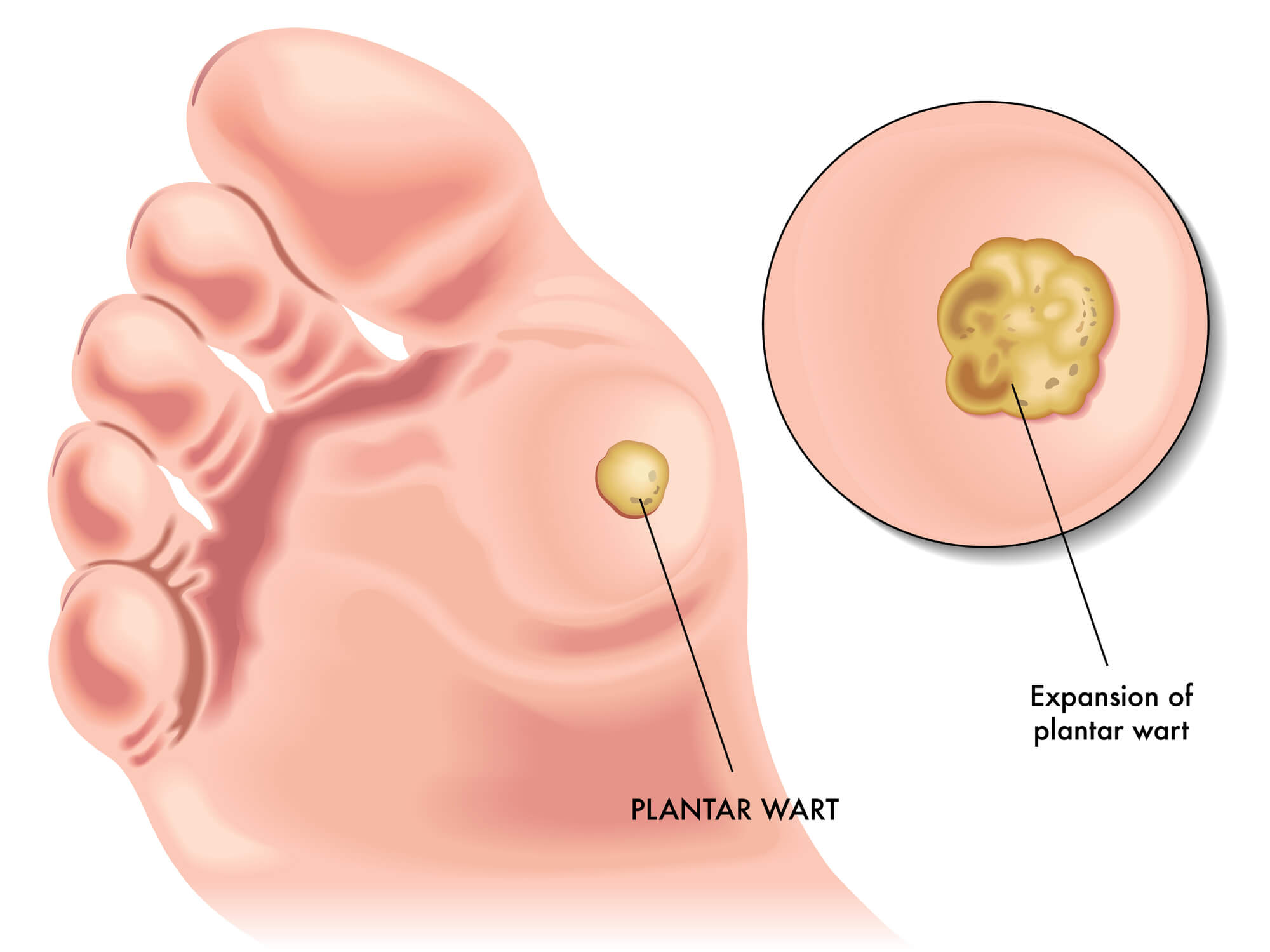
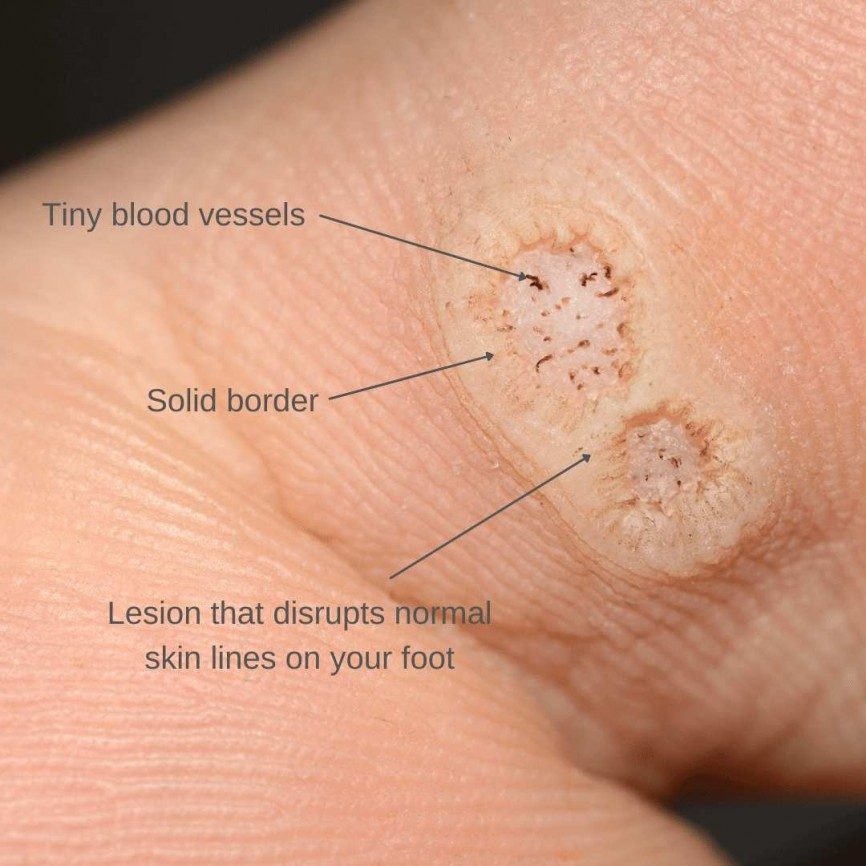


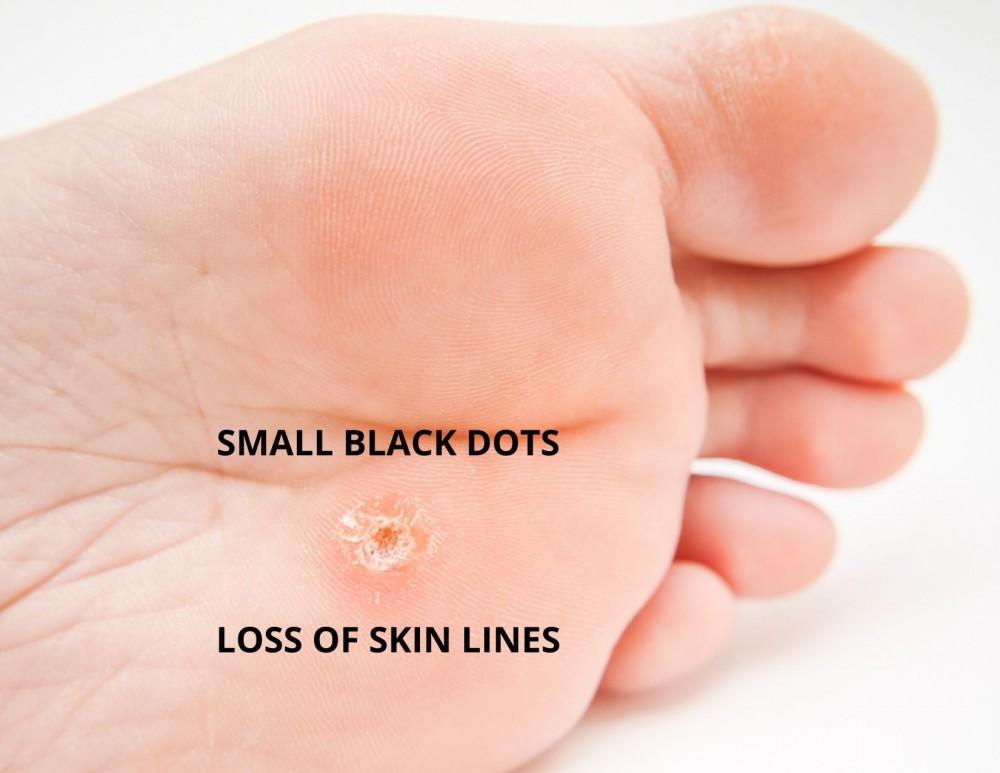
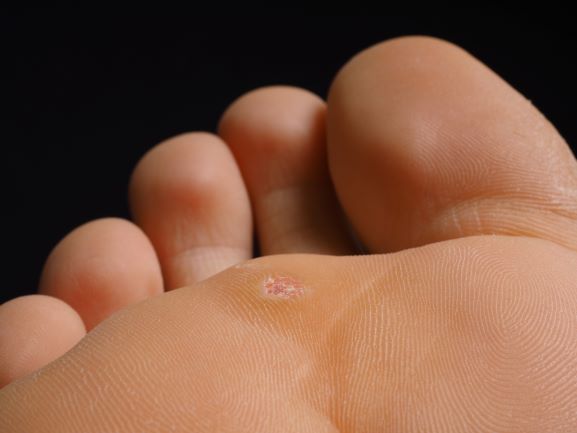
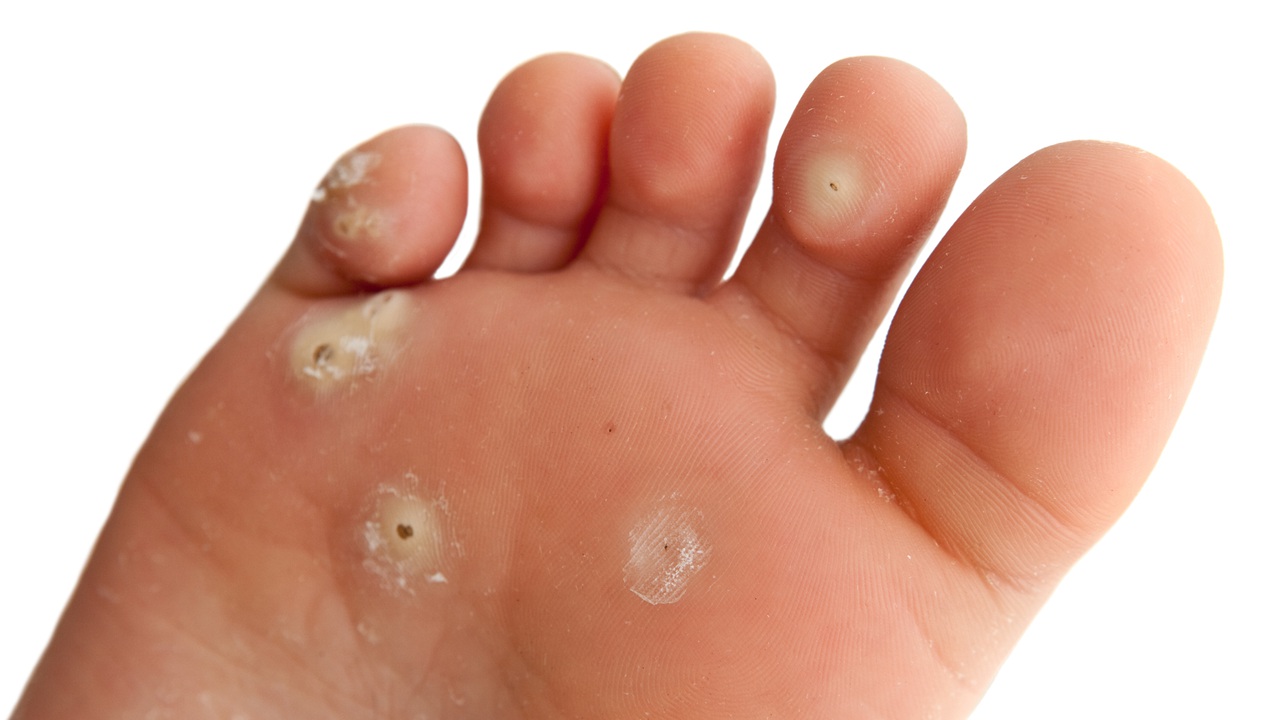

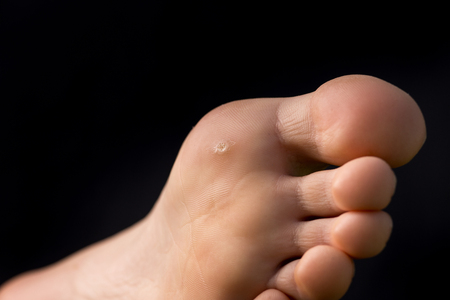


:max_bytes(150000):strip_icc()/plantar-warts-resized-56a315a85f9b58b7d0d04d6f-85edcc610ada498f887d524e00b8f7d2.jpg)
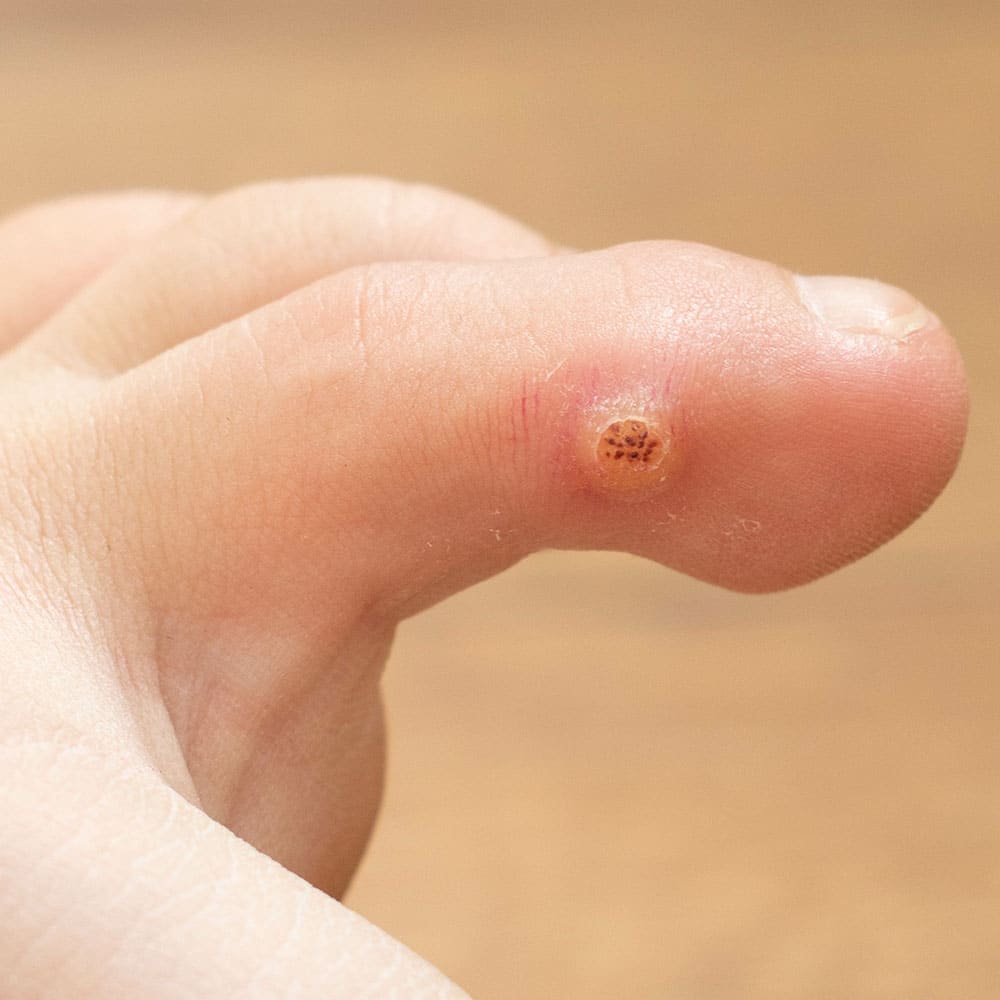
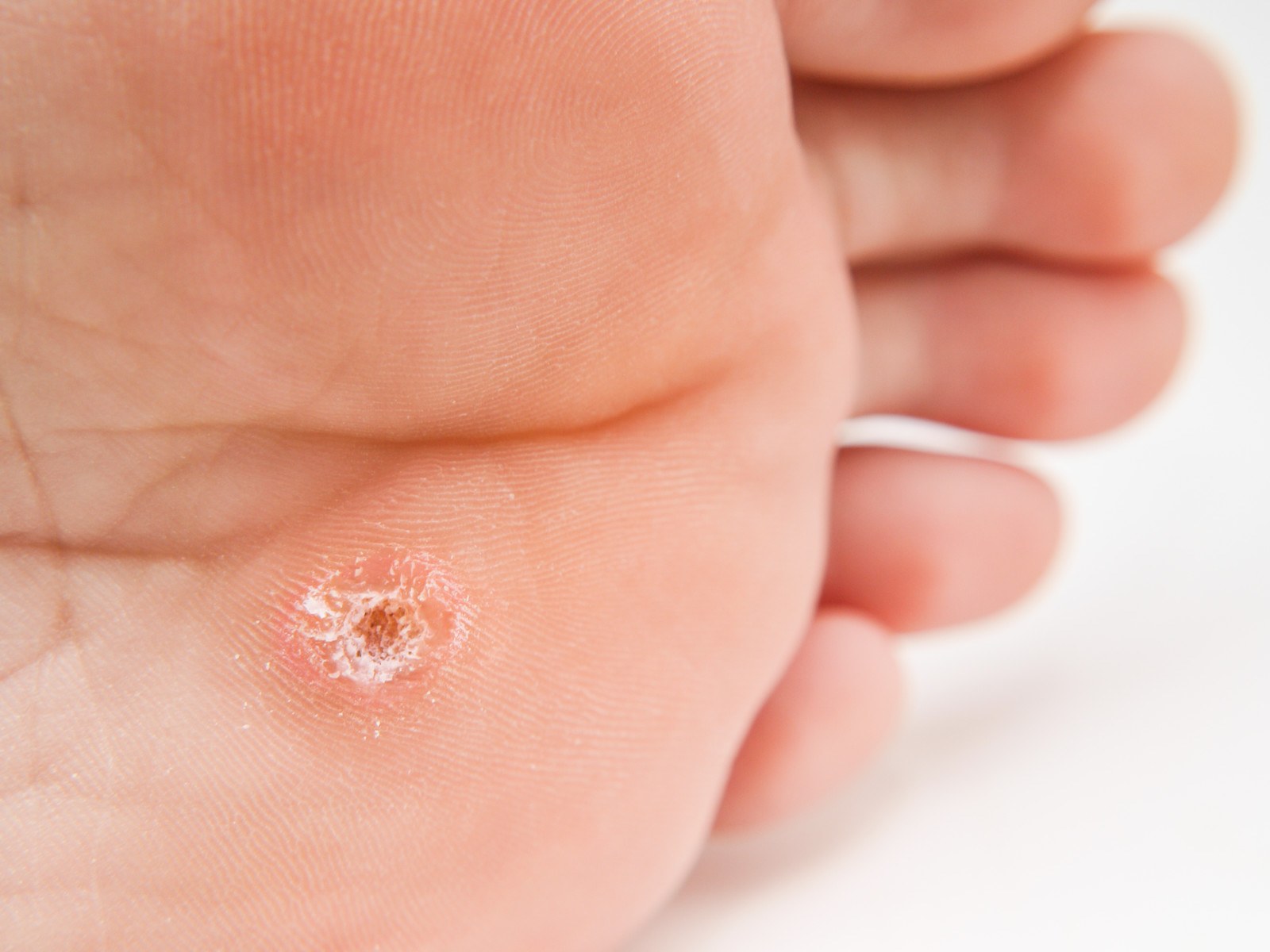

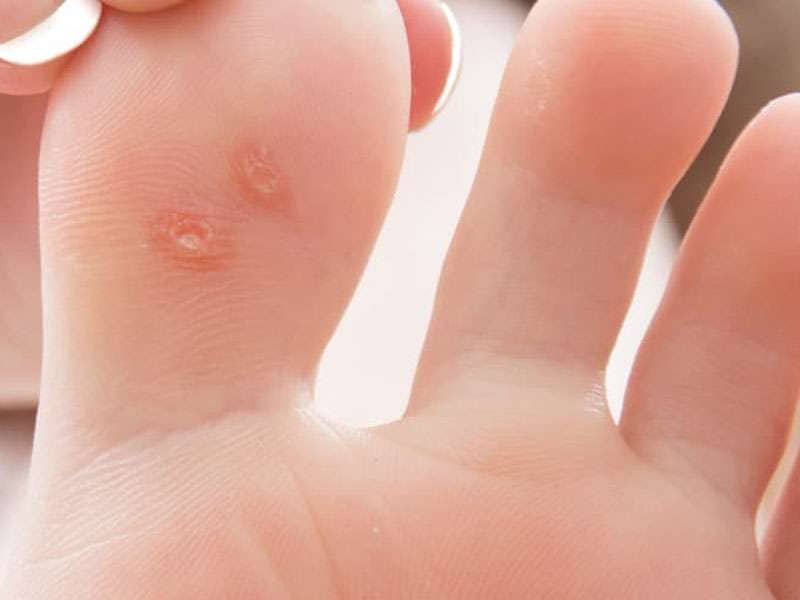
/assets/images/provider/photos/2457224.jpg)
